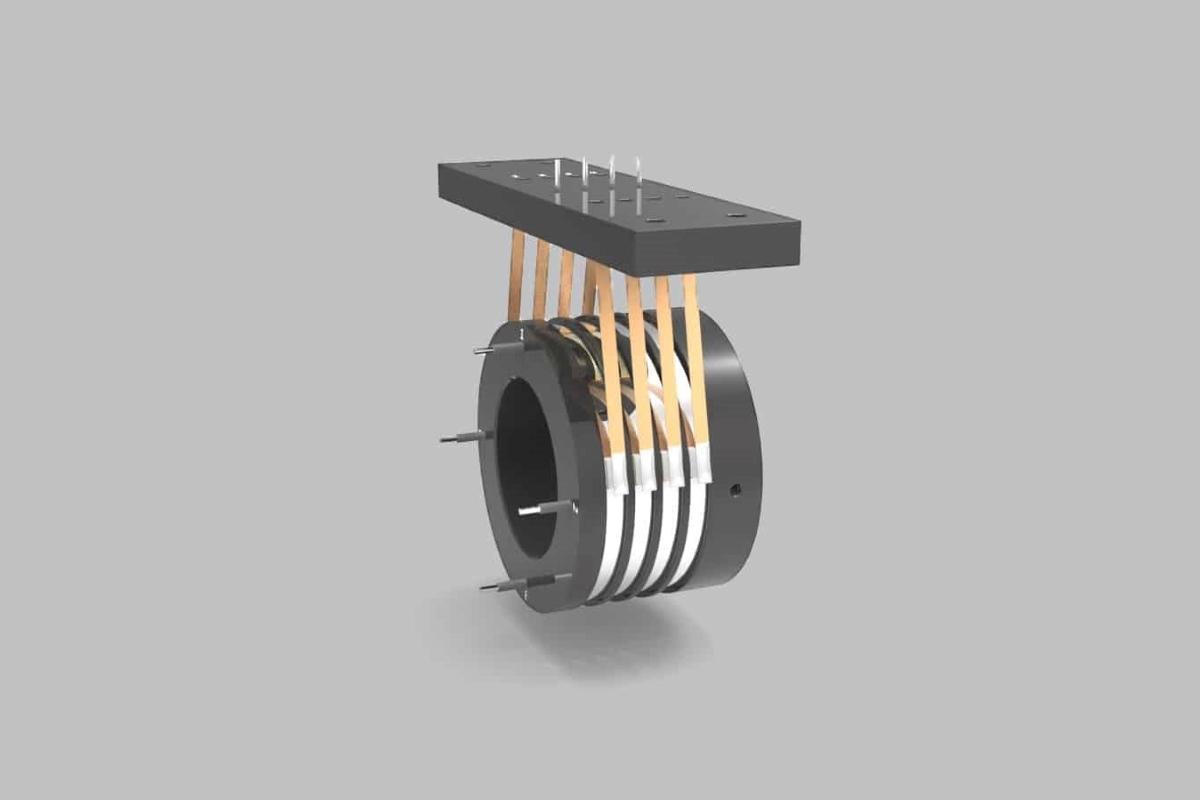In the dynamic landscape of motor control technology, precision and efficiency are key factors in achieving optimal performance. Today, we unveil an innovative solution that revolutionizes slip ring motor control – the Slip Ring Motor Control Circuit. This cutting-edge circuitry enhances control, reliability, and energy efficiency, opening new possibilities for industrial applications. Join us as we delve into the realm of slip ring motor control circuitry and its transformative impact on power control.
Slip ring motors have long been recognized for their robustness and ability to deliver high starting torque in challenging applications. The incorporation of a dedicated control circuit takes slip ring motor performance to new heights, offering advanced control capabilities and improved operational efficiency.
One of the primary advantages of slip ring motor control circuitry is its ability to regulate motor speed and torque with exceptional precision. By implementing sophisticated control algorithms and feedback mechanisms, the control circuit ensures accurate and reliable motor performance. This level of control is particularly valuable in applications that demand precise speed control, such as conveyor systems, cranes, and machine tools. With the slip ring motor control circuit, industries can achieve precise speed adjustments, ensuring optimal performance and productivity in their operations.
Furthermore, slip ring motor control circuitry contributes to enhanced energy efficiency. By incorporating advanced control techniques, such as variable frequency drives (VFDs) or pulse width modulation (PWM), the circuit optimizes motor operation by adjusting the voltage and frequency supplied to the motor based on the load requirements. This intelligent control mechanism minimizes energy wastage and reduces overall power consumption, leading to significant cost savings and environmental benefits. The slip ring motor control circuitry aligns with the growing focus on sustainable practices and energy-efficient solutions in various industries.
Another significant advantage of slip ring motor control circuitry is its ability to provide comprehensive motor protection. The control circuit monitors various parameters, such as motor temperature, current, and voltage, in real-time. In the event of abnormal operating conditions, the circuit triggers protective measures, such as motor shutdown or fault notification, to prevent damage to the motor and associated equipment. This proactive approach to motor protection enhances safety, reduces downtime, and extends the lifespan of the motor.
The integration of slip ring motor control circuitry offers seamless connectivity and compatibility with modern automation systems. With the incorporation of communication protocols such as Modbus, Profibus, or Ethernet, the control circuit enables remote monitoring, diagnostics, and control of slip ring motors. This connectivity empowers industries to integrate slip ring motors into their overall automation infrastructure, facilitating centralized control, data acquisition, and system integration.
It is worth noting that slip ring motor control circuitry requires expertise in motor control systems and industrial automation. Collaborating with experienced professionals and control system specialists is essential to ensure accurate design, configuration, and implementation of the control circuit. These experts possess the knowledge and technical know-how to assess application requirements, recommend suitable control strategies, and tailor the circuitry to specific industrial needs.
In conclusion, slip ring motor control circuitry represents a significant advancement in motor control technology, offering industries enhanced precision, energy efficiency, and motor protection. With advanced control algorithms, real-time monitoring, and compatibility with automation systems, the slip ring motor control circuitry enables precise speed and torque control, reduces energy consumption, enhances motor protection, and promotes seamless integration into modern industrial processes.


